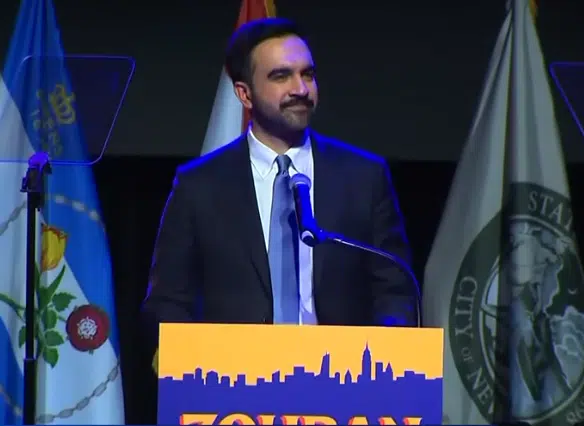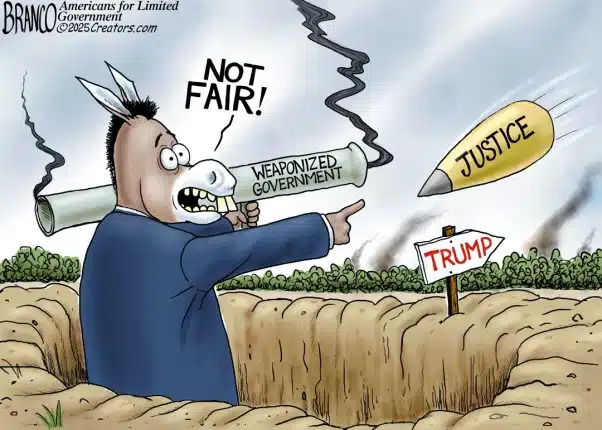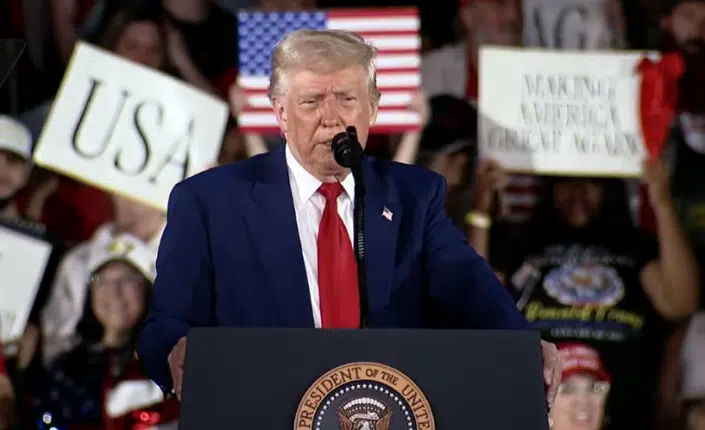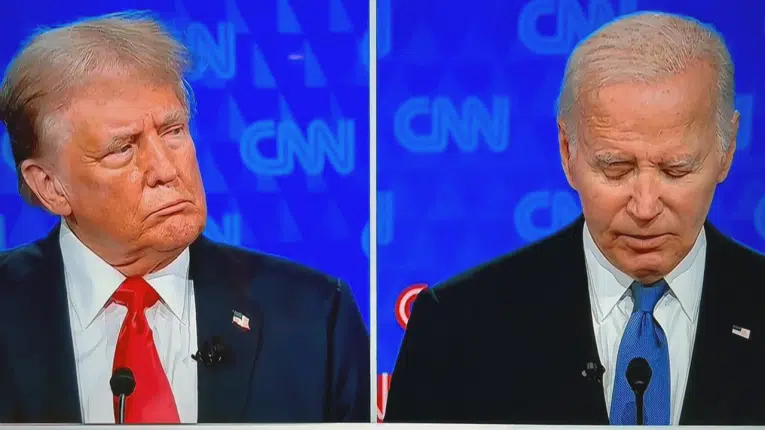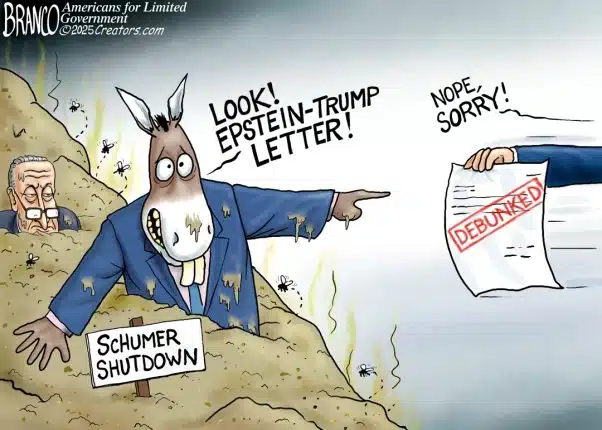By Bill Wilson
In a recent eye-opening piece by Zerohedge.com, “Thanks to QE Bernanke has injected foreign banks with $1 trillion in cash for the first time ever,” the highly trafficked financial blog notes that as quantitative easing has increased, so have foreign bank cash assets.
In fact, since 2009, as the Fed has loaded up on U.S. treasuries and mortgage-backed securities, foreign bank cash assets have moved up pretty much in tandem, now totaling more than $1 trillion.
In short, the Fed is printing money to prop up foreign banks and the chart proves it. Bottom line: At least $714 billion of the Fed’s $1.329 trillion balance sheet expansion — nearly 54 percent — since QE began in Jan. 2009 has gone to foreign banks.
Moreover, emergency programs implemented beginning in Sept. 2008 resulted in an additional $242 billion ballooning of foreign banks’ cash assets.
All told, foreign bank cash assets have risen from $59 billion then to $1.033 trillion today. It’s the Fed’s foreign bailout.
But is Congress paying attention?
A 2010 Fed audit revealed that of the $1.25 trillion of mortgage-backed securities the central bank purchased after the housing bubble popped, some $442.7 billion were bought from foreign banks.
According to the Federal Reserve, the securities were purchased at “Current face value of the securities, which is the remaining principal balance of the underlying mortgages.” These were not loans, but outright purchases, a direct bailout of foreign firms that had bet poorly on U.S. housing.
They included $127.5 billion given to MBS Credit Suisse (Switzerland), $117.8 billion to Deutsche Bank (Germany), $63.1 billion to Barclays Capital (UK), $55.5 billion to UBS Securities (Switzerland), $27 billion to BNP Paribas (France), $24.4 billion to the Royal Bank of Scotland (UK), and $22.2 billion to Nomura Securities (Japan). Another $4.2 billion was given to the Royal Bank of Canada, and $917 million to Mizuho Securities (Japan).
According to the New York Fed’s website, the purpose of the program was to “foster improved conditions in financial markets”. Now, we know by that the Fed meant in foreign countries, too.
At the time of the bailouts, then-Sen. Jim DeMint (R-SC) supposed in an interview with radio host Mark Levin that foreign creditors threatened to stop lending the U.S. money unless we bought back the mortgage paper.
If so, it did not work out, as then foreign banks wanted to sell the U.S. treasuries they had bought back to us, too. One can only surmise that perhaps a) cash-strapped banks in Europe are desperately in need of new capital to prop up their own countries, b) foreign banks believe U.S. treasuries are too risky to hold onto, or c) both.
The specter of a foreign bailout should surprise no one.
The whole episode vindicated the fears of Andrew Jackson, who in 1832, when he vetoed recharter of the Second Bank of the United States, warned that a central bank and a government in debt to foreigners would first serve their interests before that of citizens. So, while Americans were suffering through high unemployment and resultant foreclosures on their homes, foreign banks were made whole with a printing press.
Jackson was proven right. Foreign ownership of U.S. debt in 2008 has once again changed public policy in favor of foreign interests.
Now that the bailout is up to $1 trillion, perhaps Congress will finally begin to take a closer look at the practice.
Bill Wilson a member of the board of directors of Americans for Limited Government.



